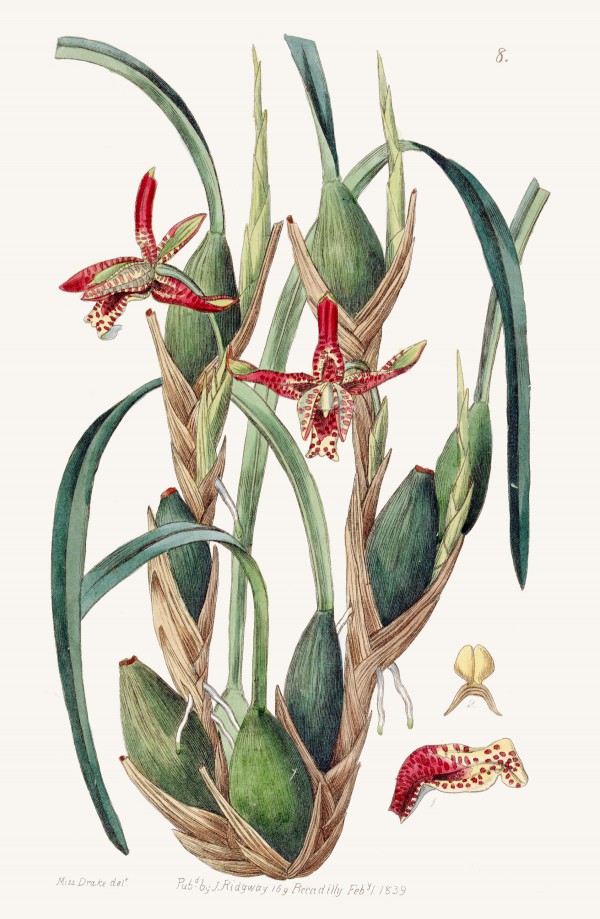Dies ist eine alte Version des Dokuments!
Maxillaria tenuifolia Lindl. - Orchidaceae - delicate-leafed maxillaria, coconut pie orchid, Kokosnuss-Maxillaria, Kokosorchidee
Orchid, native to Central America.
„Of all the members of its genus, which are not as sought after in cultivation, Maxillaria tenuifolia is the most popular. It has rather small flowers, typically no more than one and a half inches, and they come only one to a spike. Its popularity is due to the flower's scent, which is just like that of coconuts. The flowers are colored in red with yellow or brown speckles.“
https://en.wikipedia.org/wiki/Maxillaria_tenuifolia
The typical coconut scent of M.tenuifolia flowers is produced primarly by δ-decalactone (29.5%), accompanied by γ-decalactone (1.0%), and a series of methyl ketones like 2-undecanone (2.9%), and 2-tridecanone (9.5%).
[Kaiser, R. (1993). The scent of orchids: olfactory and chemical investigations. Elsevier Science Publishers BV., 106-107 and 232-233]
Major constituents of M.tenuifolia flower volatiles are the sesquiterpenes α-copaene (35%) and β-caryophyllene (26%). Monoterpenes like α-pinene (5%), β-pinene (2%), myrcene (7%), limonene (3%), 1,8-cineole (4%) are also present, but the scent impression is dominated by δ-decalactone (0.4%).
[Analysis of headspace-solid microextracts from flowers of Maxillaria tenuifolia Lindl. by GC-MS. Perraudin, F., Popovici, J., Bertrand, C., Electronic Journal of Natural Substances, Vol.1, 2006, 1-5]

Edwards's Botanical Register, volume 25 (NS 2) plate 8
http://www.botanicus.org/page/241084 (public domain)
